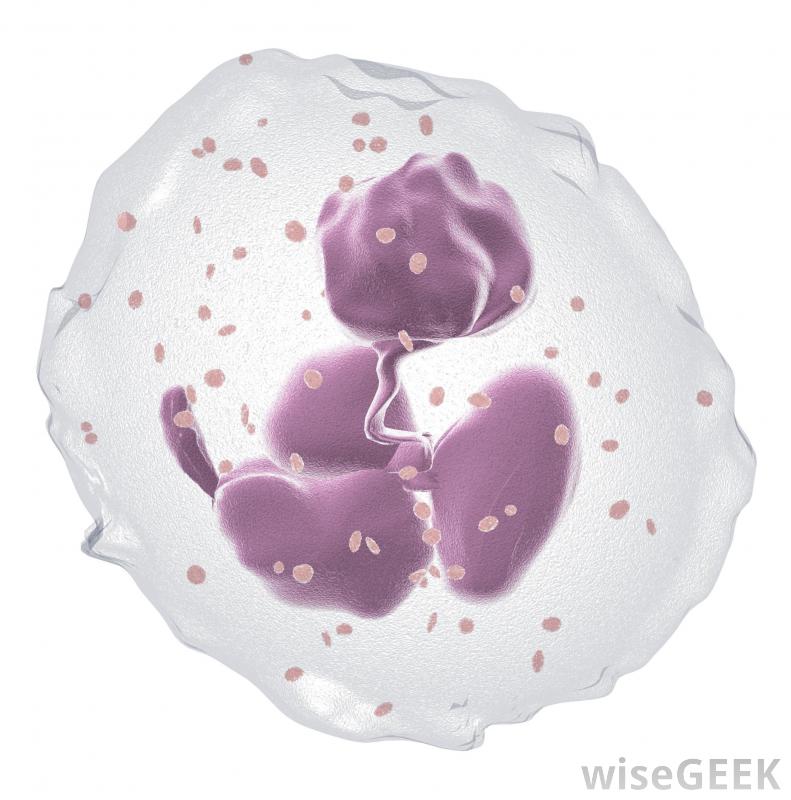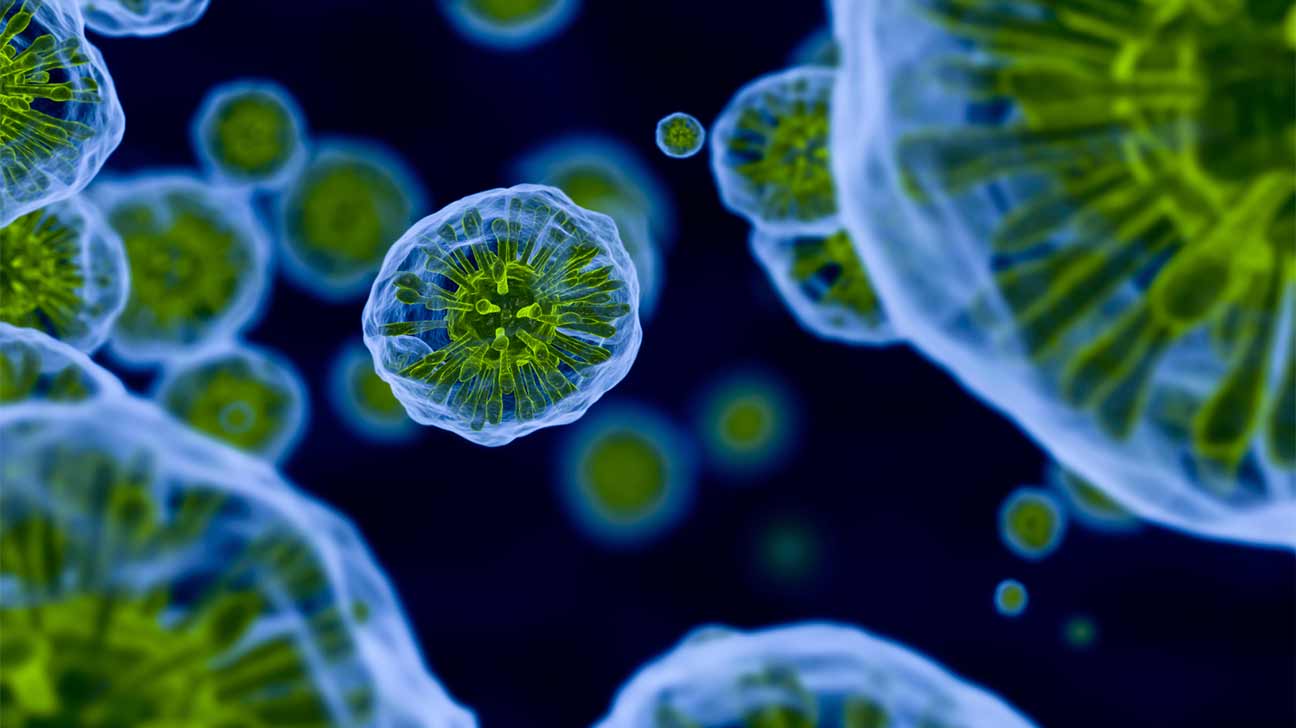Nano-particles Distract Immune Cells to Reduce Inflammation
Most of us, no matter how many time-saving techniques we employ, don’t have enough time to waste. But productivity comes at a cost- having that down time is extremely beneficial. Boredom, distraction, and procrastination are like the holy trinity of inactivity. And in reality are as important to the brain’s health as sleeping is.
Contemporary life is full of distractions- texts, tweets, retweets, political charges and counter-charges, and Facebook discussions about Ilamas and movies. Looks like this has rubbed off on certain elements of our biological world too.
In a new study, investigators from the University of Michigan have employed this curtain of distraction to reduce inflammation in the body, by using nanoparticles that distract immune cells from negatively inflaming an injury site.
Inflammation is a double-edged sword. When it works, it helps the body heal and fights off infections. But sometimes, the immune system overreacts. An acute lung injury, sustained by inhaling smoke, for instance, can lead to runaway fluid production that essentially drowns a person.
“Neutrophils are the first line of defense. They are the most active and the most optimized to mount an inflammatory response,” said Omolola Eniola-Adefeso, a professor
of chemical engineering and biomedical engineering at U-M, who led the research. “They’re the underdogs of white blood cells, and we’re seeing that maybe we need to pay more attention to them.”
The team’s original research focus was to develop new ways of targeted drug delivery using nanoparticles. But as the experiments progressed they discovered immune cells, called neutrophils, appearing and stopping the plastic nanoparticles from reaching the desired targets.
“The ‘oh my God’ of horror about our particle turned into an excitement over these particles doing something to cells that had not previously been explored,” says Omolola Eniola-Adefeso, leader of the research. “These cool interactions between cells and particles got in the way of either one being able to do what they wanted to do.”
The team designed an experiment injuring a part of the blood vessel wall in the microfluidic chips and confirmed that the neutrophils were redirecting their attention from creating inflammation at the injury site to carting the foreign particles away. Then, Eniola-Adefeso connected with Michael Holinstat, a professor of pharmacology at Michigan Medicine, who has technology that can see into the blood vessels of live mice. In mice with acute lung injury, they found that injecting nanoparticles by IV could reduce the number of neutrophils congregating at the injury site by half or more.
Eniola-Adefeso intends to continue the research in this direction, finding out whether an injection of nanoparticles is a viable treatment for conditions with excessive inflammation.
“To date, we’ve tried many nonfouling materials. But in the end, they foul because nature is very sophisticated,” she said.






























